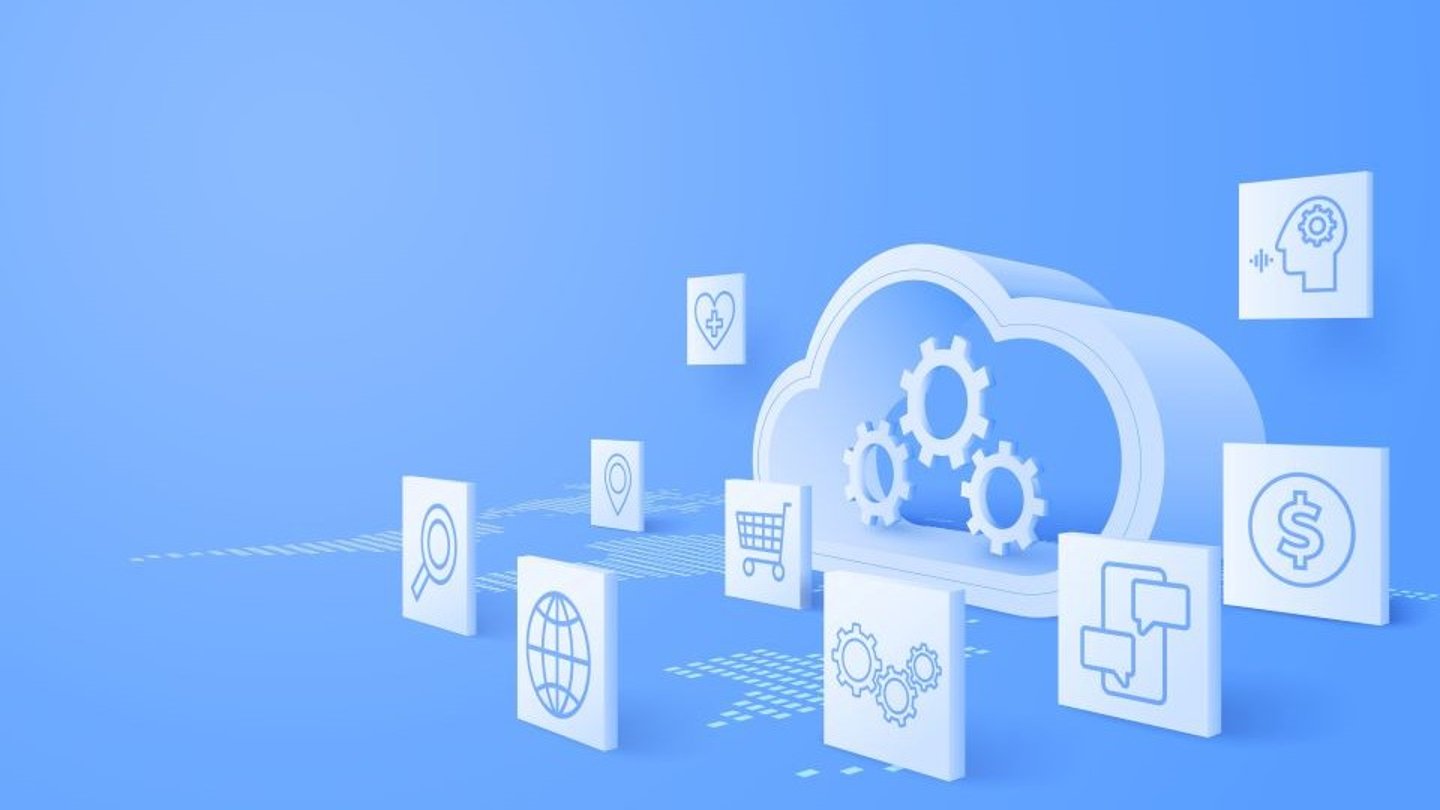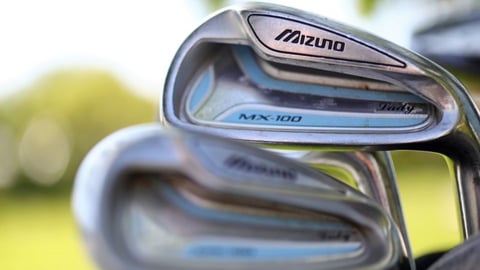Ready for the Future? CPGs Can’t Overlook the Importance of a Modern Tech Infrastructure
Technology is playing a pivotal role in how consumer goods brands see their businesses growing in the years to come. Brands are increasing IT budgets — and it’s not just because of AI.
Of course, AI will have a dramatic impact on how CPGs evolve. But before companies can get to the point of implementing this ground-breaking technology, they must first put in place a modern tech infrastructure to succeed in a highly disruptive and competitive landscape.
Implementing a flexible, composable, and future-ready IT tech stack is essential to guaranteeing brand success, and ensuring CPGs are more operationally sustainable, innovative, and resilient. The question is how?
CPGs are Budgeting for MACH Technology
According to a study by IBM and the Consumer Goods Forum, more than a third of consumer goods leaders said they are increasing IT budgets, aiming toward more efficient and sustainable use of technology.
Similarly, a global study by MACH Alliance found that nearly 40% of companies in consumer goods manufacturing are dedicating a portion of their IT budgets toward becoming more composable.
The Alliance is a not-for-profit body that supports education around MACH principles and how companies can implement more composable IT frameworks. MACH is defined as:
- Microservices or the use of solutions and individual components that are independently developed and managed
- API-first or the implementation of solutions that leverage functionality through an API connection
- Cloud-native SaaS or tools that live in the cloud and function beyond storage and hosting, and automatically update and scale results in the cloud
- Headless or ensuring the front-end digital experience and consumer-facing presentation are decoupled from back-end programming language and frameworks.
The definition represents guideposts for digital brand teams to follow when building a more flexible and modern tech stack.
When developing an IT infrastructure designed around these four key principles, brands are no longer locked into one solution provider. Instead, brands can select best-of-breed solutions for various needs. For example, a CPG brand can work with one vendor for their content management system (CMS) and a completely different vendor to manage their product information management (PIM) optimization. By leveraging API-first solutions, varying composable tools are easily able to work together.
CPG Brands Are Investing in Composability
Despite the fact that MACH implementations are a relatively new endeavor, there are many examples of how CPG brands are already implementing MACH-based tech stacks. Companies like Kraft Heinz, Reckitt, and Mars have moved away from legacy architectures and toward a modern, composable architecture. Initial results have demonstrated that this technology shift has instantly upleveled their e-commerce capabilities and improved their omnichannel engagement.
For example, Mars revamped the tech platform for its M&Ms candy brand and saw a 15% increase in its conversion rates online. The company leveraged composability to develop a more proficient digital experience for its consumers in 15 major countries. Before the implementation, Mars saw direct-to-consumer business lines siloed off in its legacy environment and struggled to scale up innovation.
Shoe company Clarks embarked on a massive digital transformation online and in-store, including the implementation of a new POS system, as well as overhauling more than 400 content pages on its new website, including incorporating video and several translations. The company followed a MACH approach when revamping its consumer-facing digital platform and registered a nearly 80% jump in add-to-basket performance online.
How Brands are Building a Composable Framework
MACH solutions follow a modular design in which each piece of enterprise technology can be added or removed. For example, a brand can add in a new tech component that incorporates generative AI, remove an old CMS, and replace the CMS with a composable CMS without impacting the rest of the tech stack. Most importantly, going forward, a brand can continually add and remove pieces as and when needed.
Brands also don’t need to completely tear down a current technology platform to incorporate composable architectures. Companies can start with legacy pieces in place and build on top of that foundation bit by bit, evolving into a MACH architecture slowly.
Beginning a MACH journey is more organizational than anything, it’s like building a guidebook. When embarking on the journey, it is essential for internal teams to meet with MACH solutions providers, discuss internally the most important needs for their business, and then draw out the step-by-step approach to building the architecture.
MACH Elements Support the Consumer Experience
When brands put a MACH strategy in place, they can put innovation to work. Goals such as incorporating personalization or leveraging AI-powered assortment tools become easier to both attain and maintain. In comparison, adding either of these innovative technologies on top of a legacy platform could create problems down the road.
CPGs are investing in their IT and building systems that are better prepared for omnichannel, personalized, and engaging retail experiences. Brands that follow a MACH strategy will be built for the future.
Holly Hall is managing director of MACH Alliance, a not-for-profit industry body that advocates for open, best-of-breed technology ecosystems.




